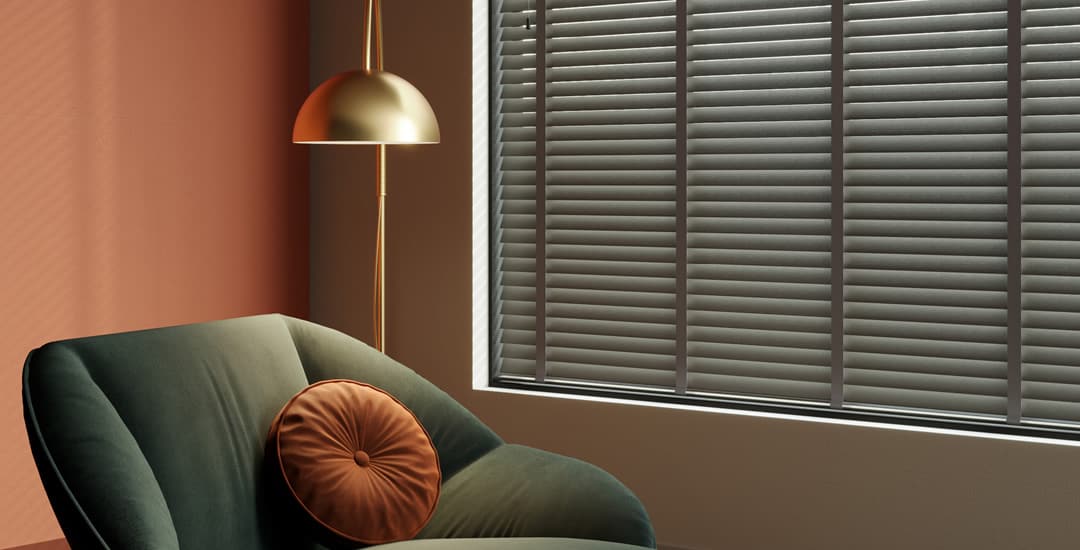
If you’re looking to buy real wooden blinds, it is important to choose good quality made-to-measure ones, which will look good and stay functional for many years to come. Lower quality readymade wooden blinds might appear the same at a glance (albeit they tend to be made of thinner slats and look rather flimsy) but if you need to cut them to size at home, they will look a little ragged and unfinished, even if you sand them off after; which itself can risk damaging the finish or colour on the wood.
Also, readymade wooden blinds are sometimes made of unsuitable woods, which will warp or bow in time simply under their own weight and due to how thin the slats are.
Removing readymade wooden blinds and the potential range of woods and composites that these may be made of from the equation, what wood should you choose as the base material for your real wooden blinds, and why?
You have a few options, but generally, as long as you choose a suitable hardwood crafted by a reputable blinds company (yes, like us) there’s not a lot in it. Also, the wood that your blinds are made from doesn’t dictate the look or finish that your blind will necessarily have; some woods (like pine, for instance, a soft wood) aren’t suitable for making good quality wooden blinds from, but you can still buy real wooden blinds with a very realistic pine colour and finish to them!
We’ve been making top-quality wooden blinds here in the UK since the 1980s, and yes, some of the blinds that we made way back then are still in use today, although we do usually quote the rather shorter timeframe of a decade as the minimum realistic lifespan for wooden blinds used daily with a moderate degree of care and attention!
The eco-credentials and sustainability of our blinds are really important to us too and as such, we take a lot of care over both how and where we source our wood from. All the wood we use comes from sustainably managed forests, ensuring minimal impact on the ecosystems in which they grow and we make sure the environment from which it is cut, is being cared for at the same time and is preserved for generations to come.
We’ve recently added a premium luxury wooden blind collection to our existing wooden blinds product range, and as part of this, we’ve expanded the range of wood types we use to construct our blinds with too.
The rest of this blog post will tell you more about the best woods for wooden blinds, and how to choose which one is right for you.
What type of wood is best for wooden blinds?
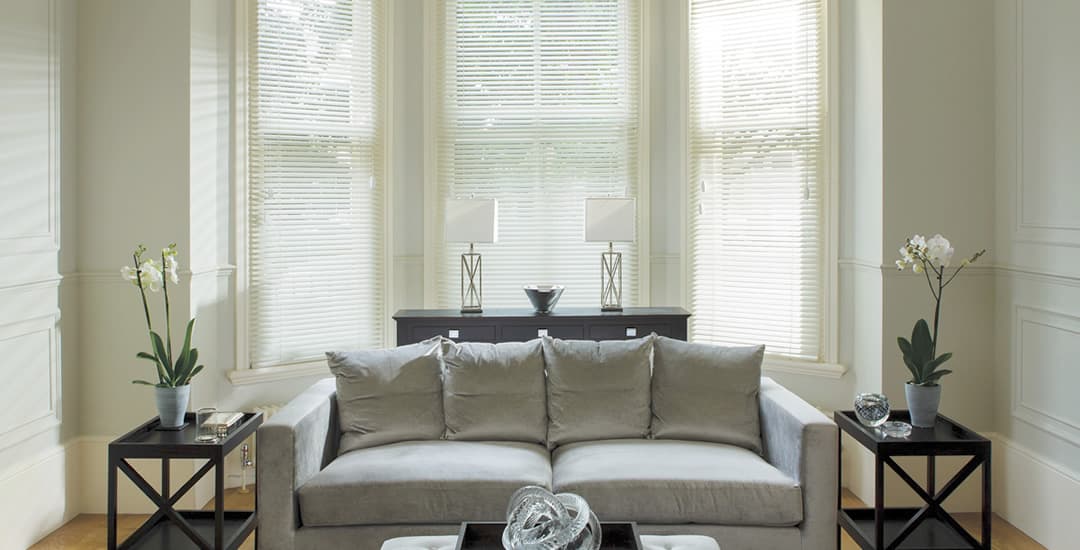
Hardwood is the best type of wood to use for wooden blinds, because it is sturdy, hardwearing, and able to maintain its structural integrity when cut into slats and suspended, without the risk of bowing as long as the slats are neither too finely constructed nor too thick!
Some hardwoods are easier to work with and give a better finish than others, and once we’ve discounted hardwoods that aren’t sustainable to grow and harvest or that are not ecologically sound to grow, harvest, and transport, there are really just a handful of options left…
What types of wood can wooden blinds be made from?
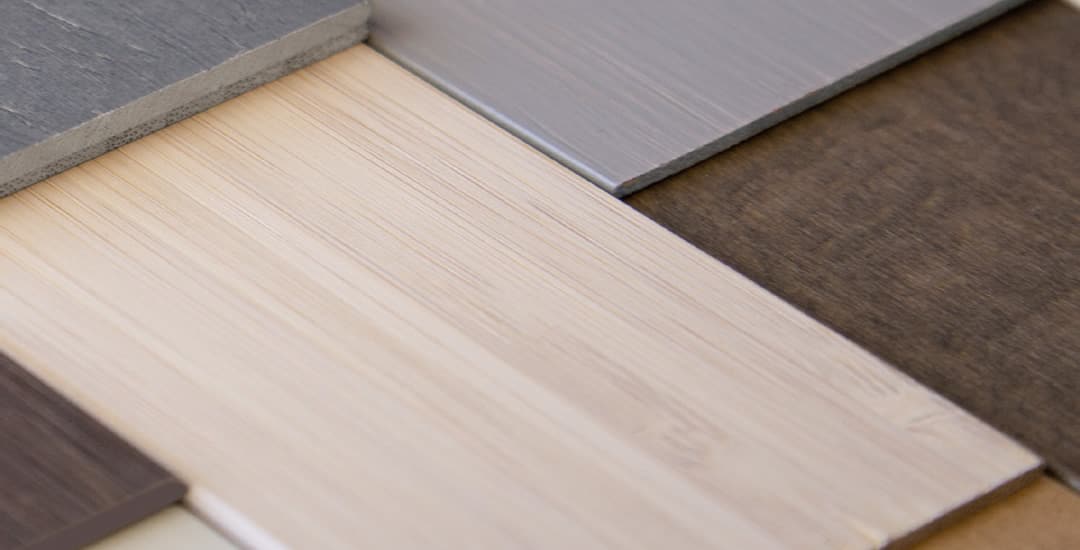
The different types of hardwoods that we use in the construction of our own real wooden blinds are basswood, bamboo, and Abachi respectively.
Real wooden blinds made from basswood
Basswood is the most commonly used hardwood for the construction of good quality real wooden blinds, and the majority of our wooden blind ranges are made from basswood.
Basswood is great for blinds because it has naturally smooth graining, allowing for a really smooth, flawless finish, which gives us a range of different options such as painting, re-graining, or leaving a natural wood finish.
Bamboo real wooden blinds
Bamboo has a delicate texture that belies its versatility and longevity, and it is also very lightweight whilst still maintaining its strength and shape when suspended in the form of slats.
Bamboo has a very natural appearance, with a subtle grainy texture, which lends itself well to design themes involving lots of organic materials.
Abachi real wooden blinds
Finally, Abachi has a medium texture consisting of interlocking grains, which polishes up to a deep lustre. It is also lightweight and very durable, and works well in both wood tones and finishes, and in neutral paint themes.
Which type of wood is best for wooden blinds?
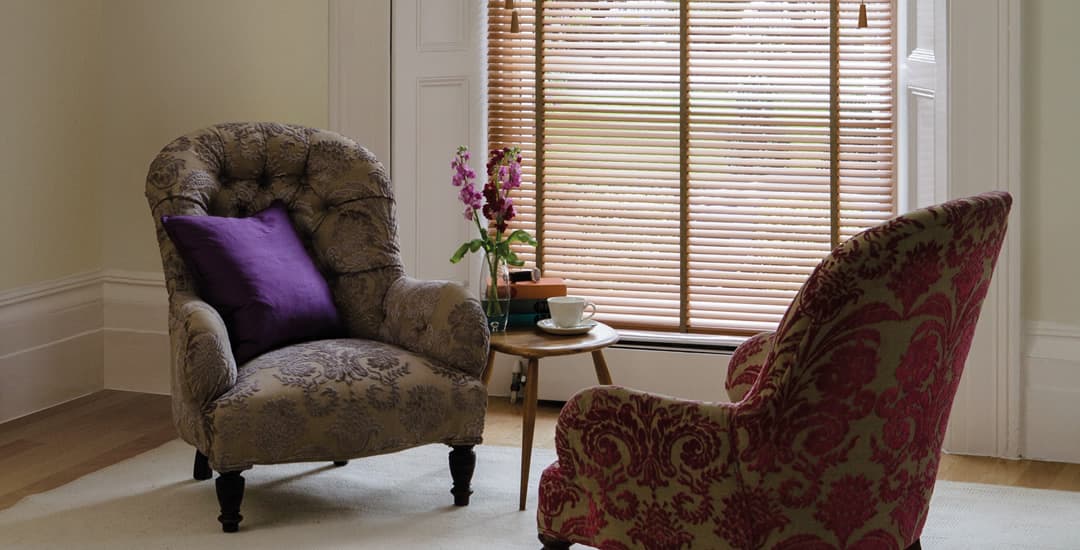
When it comes to the above three offerings of basswood, bamboo, and Abachi respectively, they’re all eminently suitable for blinds. Whilst they each have their own unique traits that might mean that one type lends itself better to a certain finish better than another and vice versa, no one option is “better” per se than any other.
All of them are sustainably grown and harvested, and designed to last for a similar lifespan in good working and cosmetic order.
In my opinion then, which wood to choose for your real wooden blinds should simply come down to the finish or colour/style you want from your blind, and across our wooden blind ranges, you will find painted, coloured, neutral, natural, wood grained, polished, and many other finishes too; all available with or without ladder tapes!
What type of wood finish can I have on my wooden blinds?
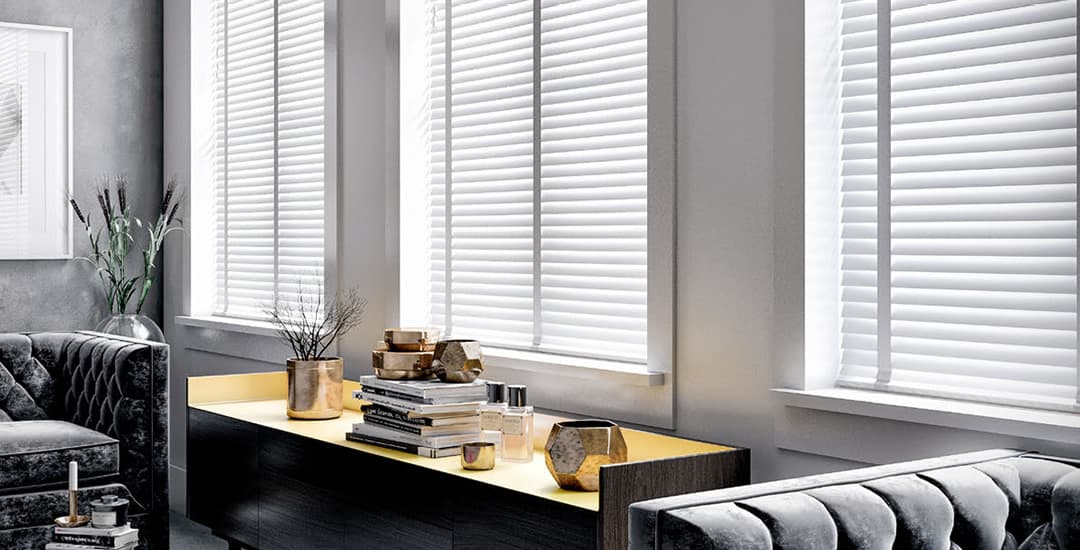
Setting aside your options for painted wooden blinds for a moment, you can order wooden blinds in natural wood finishes too, to emulate more or less any wood you have within your home.
Mahogany wood blinds, pine wooden blinds, walnut wood blinds, oak wood blinds, maple wood blinds and so on are all actually made from a common hardwood, but they’re finished specifically to look like the wood they’re designed to emulate, and are usually virtually indistinguishable from this when hung too.




